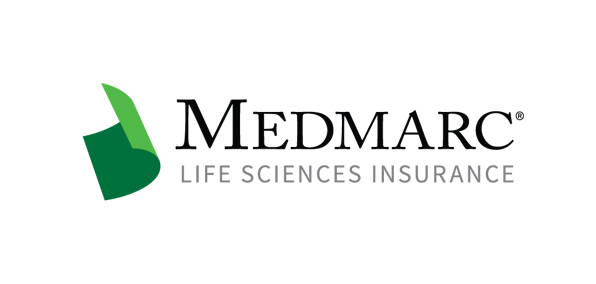FDA Revisits Intended Use Rule | Medmarc
The FDA’s policy for determining a manufacturer’s intended use has strained relations between the agency and industry in the past, but the agency said in a press release that the latest version clarifies that simple knowledge of off-label use does not suffice to infer intended use. The press release highlights this as a significant change despite that essentially the same language appears in the version of the rule published five years ago.
A previous version of the intended use rule was released in September 2015, and led with a discussion of the agency’s regulation of tobacco, only belatedly discussing pharmaceutical products and medical devices. The 2015 edition states that the FDA can consider any objective evidence to determine intended use, including direct and circumstantial evidence.
The text of the 2015 rule states that circumstantial evidence is often sufficient to determine a manufacturer’s intent even in the absence of express claims about off-label use. However, this portion of the 2015 rule states also that the agency would not infer intention “based solely on the firm’s knowledge” of off-label use.
Interestingly, the agency’s press release for the Sept. 22, 2020, rule states that a firm’s knowledge of an unapproved use of a medical device or pharmaceutical, “standing alone, is not sufficient to establish the product’s intended use.” The FDA said this update should provide a greater degree of certainty and predictability for regulated industry.
The statement contends that the new rule does not reflect a change in the agency’s policies, but is intended to reemphasize the FDA’s long-standing approach to the question. The preamble to this latest version provides some examples of evidence that would not be deemed adequate to infer the manufacturer’s intent. The new rule would replace the version issued in 2017, which carried its own controversies.
The Jan. 9, 2017, final rule states that the agency would rely on the totality of the evidence to determine a manufacturer’s intent, a provision that was not well received. One commenter stated that the totality of the evidence standard had not previously been discussed in connection with the intended use rule, and that this standard was not a logical outgrowth of any prior communications on the FDA’s part. Because this standard was not discussed in a draft version, its introduction in the final rule violated the Administrative Procedures Act, said Richard Samp and Mark Chenoweth of the Washington Legal Foundation. The FDA is taking comment on the draft rule through Oct. 23.
DOJ Revisits APA a Second Time
The U.S. Department of Justice expressed its views of the current understanding and use of the Administrative Procedures Act in early August, but the matter wasn’t closed as of the date of that Aug. 11 statement. This was followed quickly by an Aug. 26 statement that provided details on two executive orders that are intended to provide guidance on adherence to the terms of the APA, a question that has arisen in the context of FDA guidance and rulemaking on several occasions.
Attached to the Aug. 11 statement was a report on a summit regarding the APA, which provided some insights into the concerns held by a number of parties about the evolution of the act. One source of concern was that compliance with federal regulation adds $2 trillion in costs to the economy each year, perhaps not surprising given the staggering volume of guidance and rulemaking across the federal government.
There is also some legislative interest in bringing independent federal agencies under the umbrella of the APA, such as the Securities and Exchange Commission. However, the larger point of interest for the DOJ consists in part of thwarting the use of guidance to create novel liabilities for the private sector without going through the normal notice-and-comment process required of rulemaking. The underlying theme in this regard is the 2017 Sessions memo, and Executive Order 13891 is intended to codify that principle.
Another consideration expands on the 2018 Brand memo, which pushed back on the use of agency guidance in affirmative civil enforcement. The second Executive Order announced Aug. 26 likewise codifies the Brand memo, but also provides a set of procedures for DOJ staff regarding the review and clearance of department guidance. Going forward, DOJ will be required to post all guidance documents on a web portal set up specifically for that purpose, but also creates a process by which the public can petition for withdrawal of a guidance.
Deputy Attorney General Jeffrey Rosen said guidance broadly is helpful to regulated parties, but observed that “backdoor regulation by guidance document is improper.” Rosen stated further that the Executive Orders will ensure “that guidance documents will not be used to impose novel legal requirements as a shortcut around the rulemaking process.”
For additional resources contact the Marketing department
Phone: 888-633-6272
Medmarc is a member of ProAssurance Group, a family of specialty liability insurance companies. The product material is for informational purposes only. In the event any of the information presented conflicts with the terms and conditions of any policy of insurance offered from ProAssurance, its subsidiaries, and its affiliates, the terms and conditions of the actual policy will apply.
Copyright © 2026 - Medmarc
